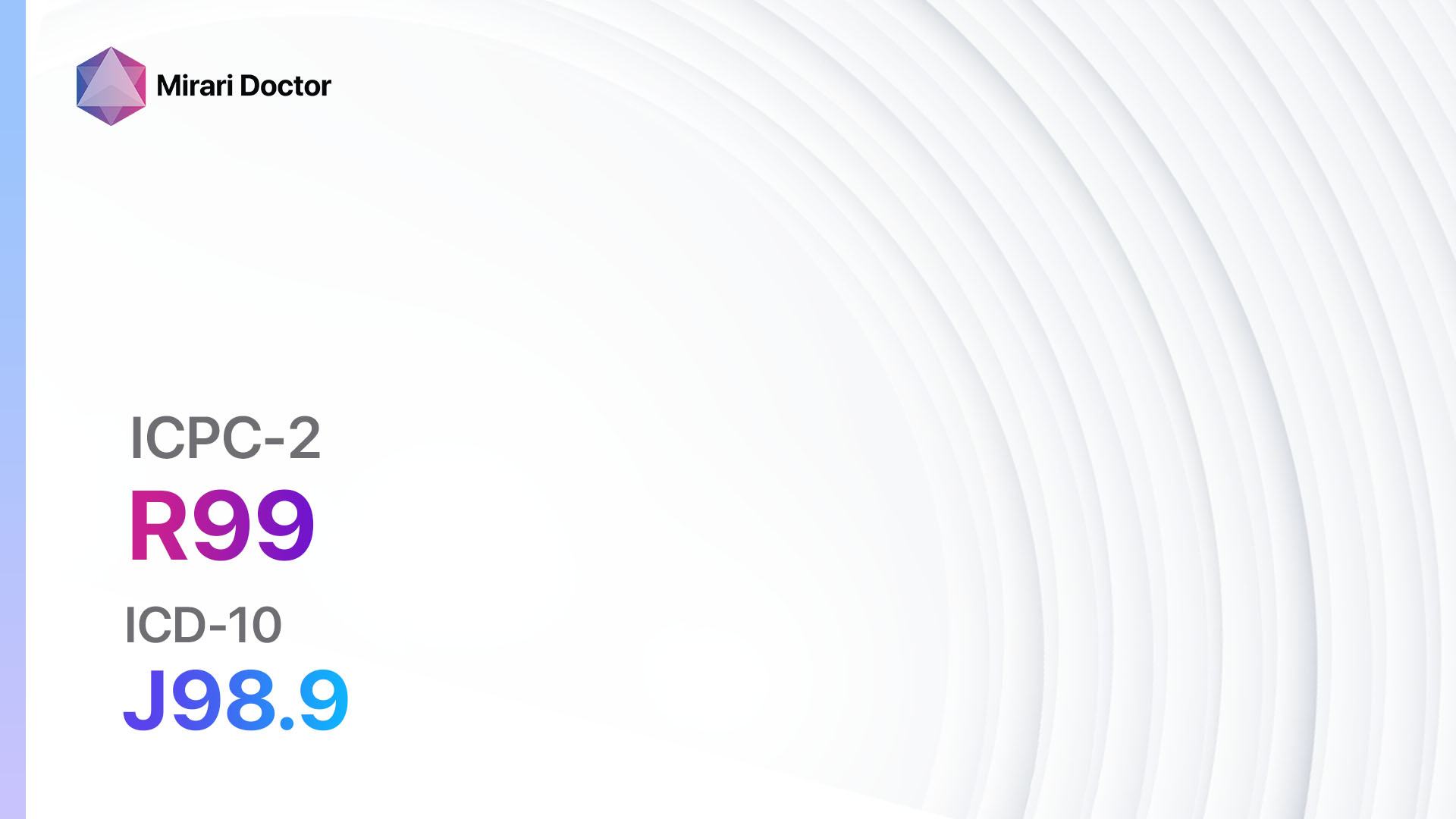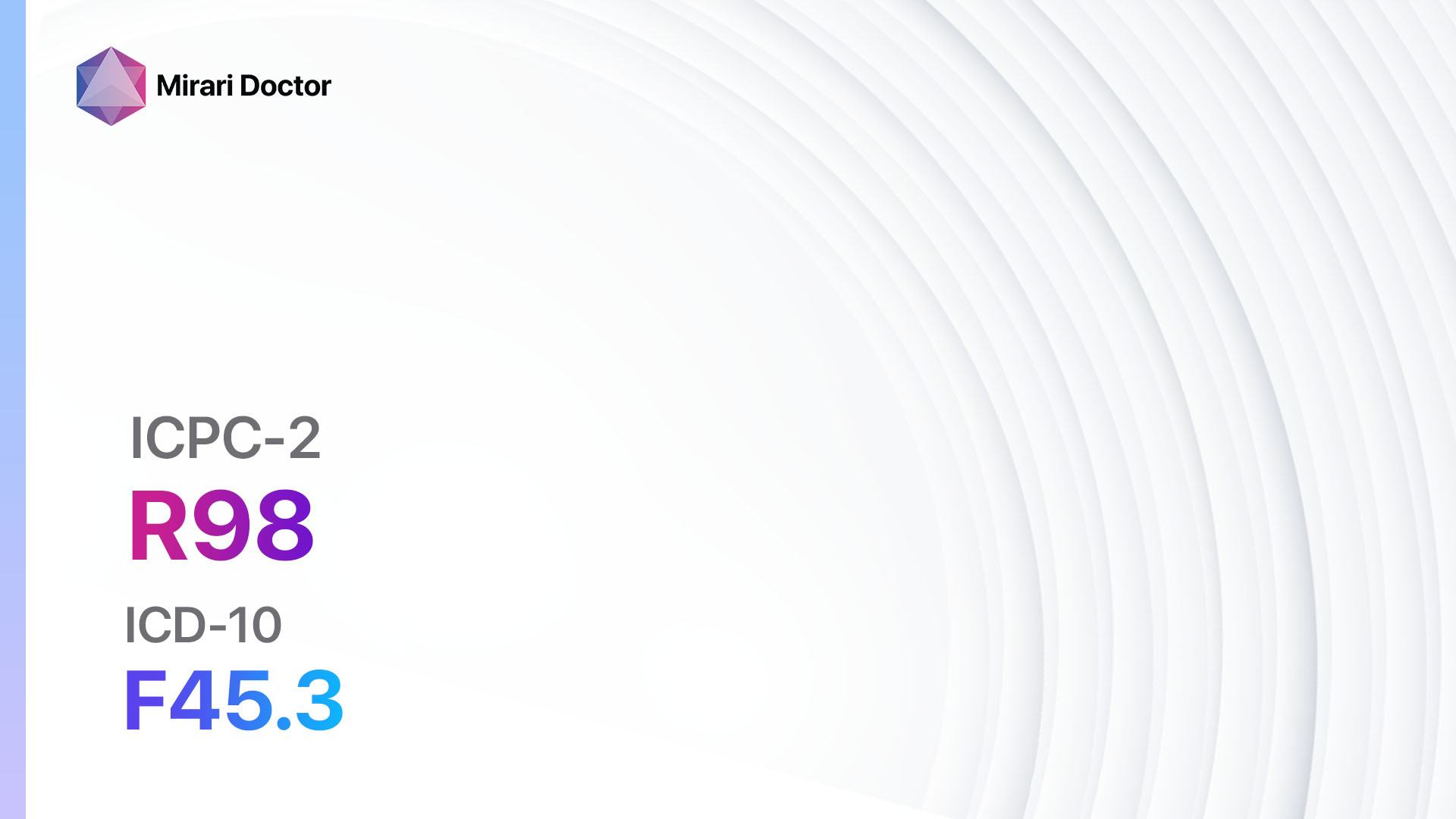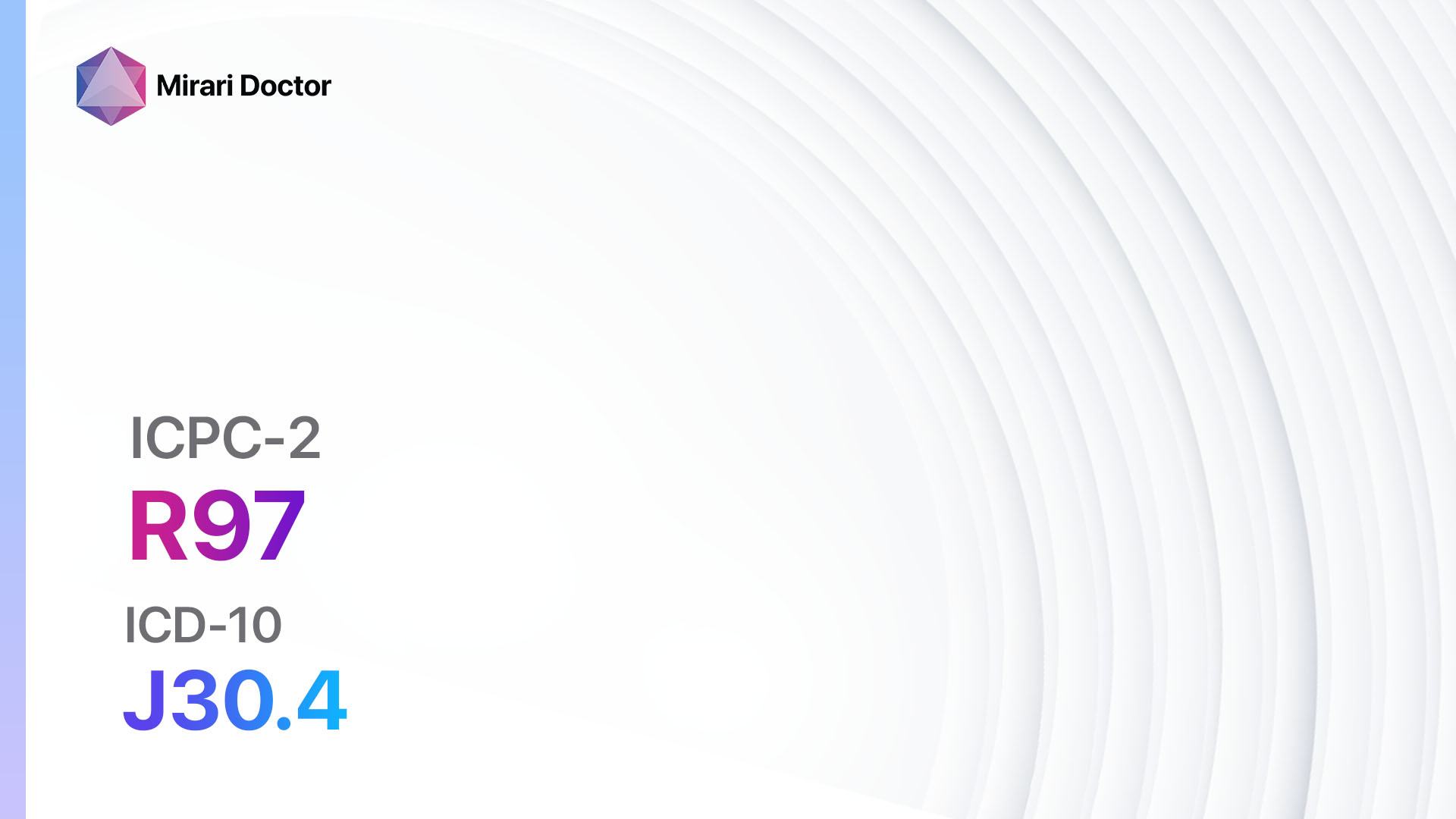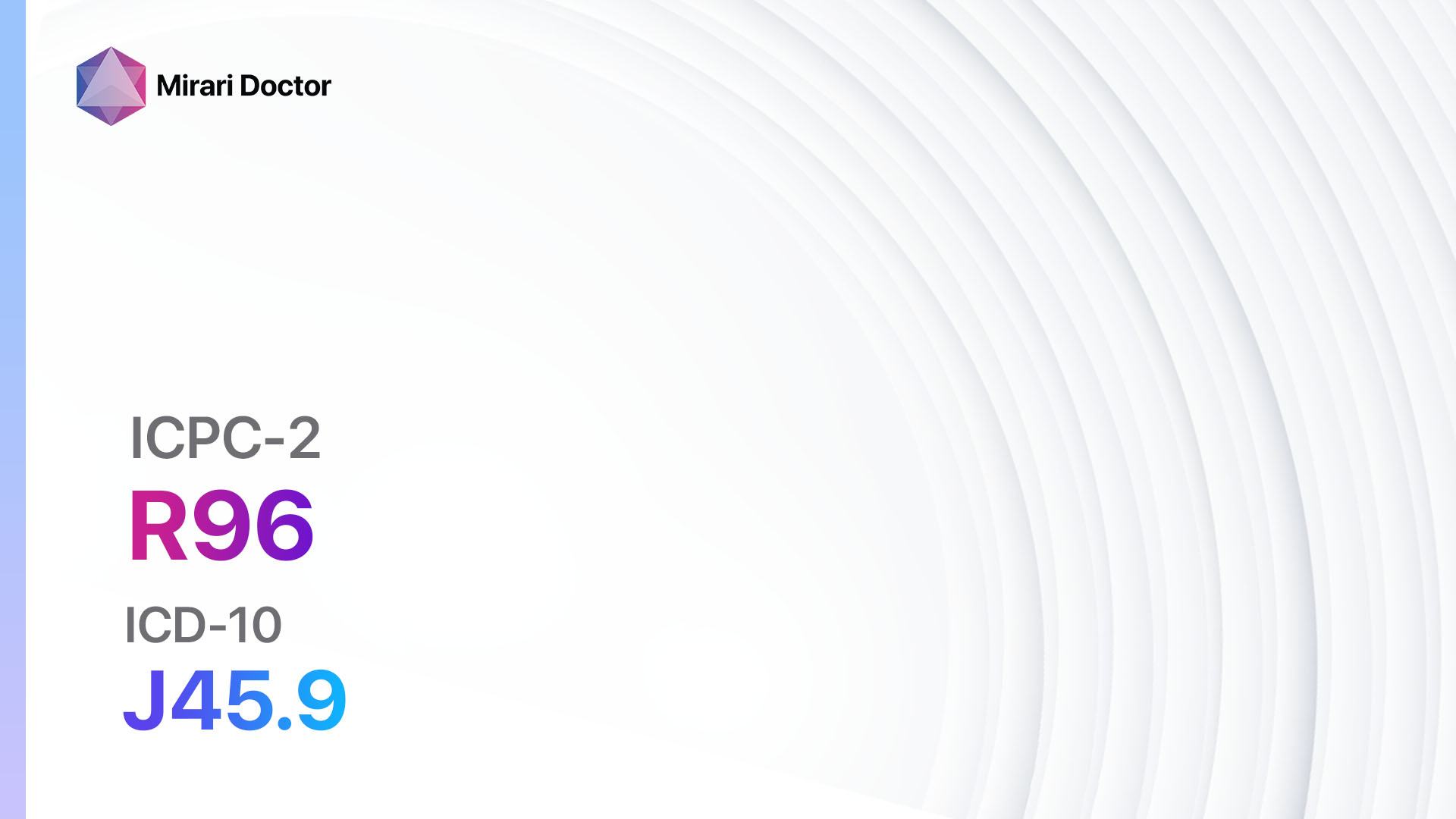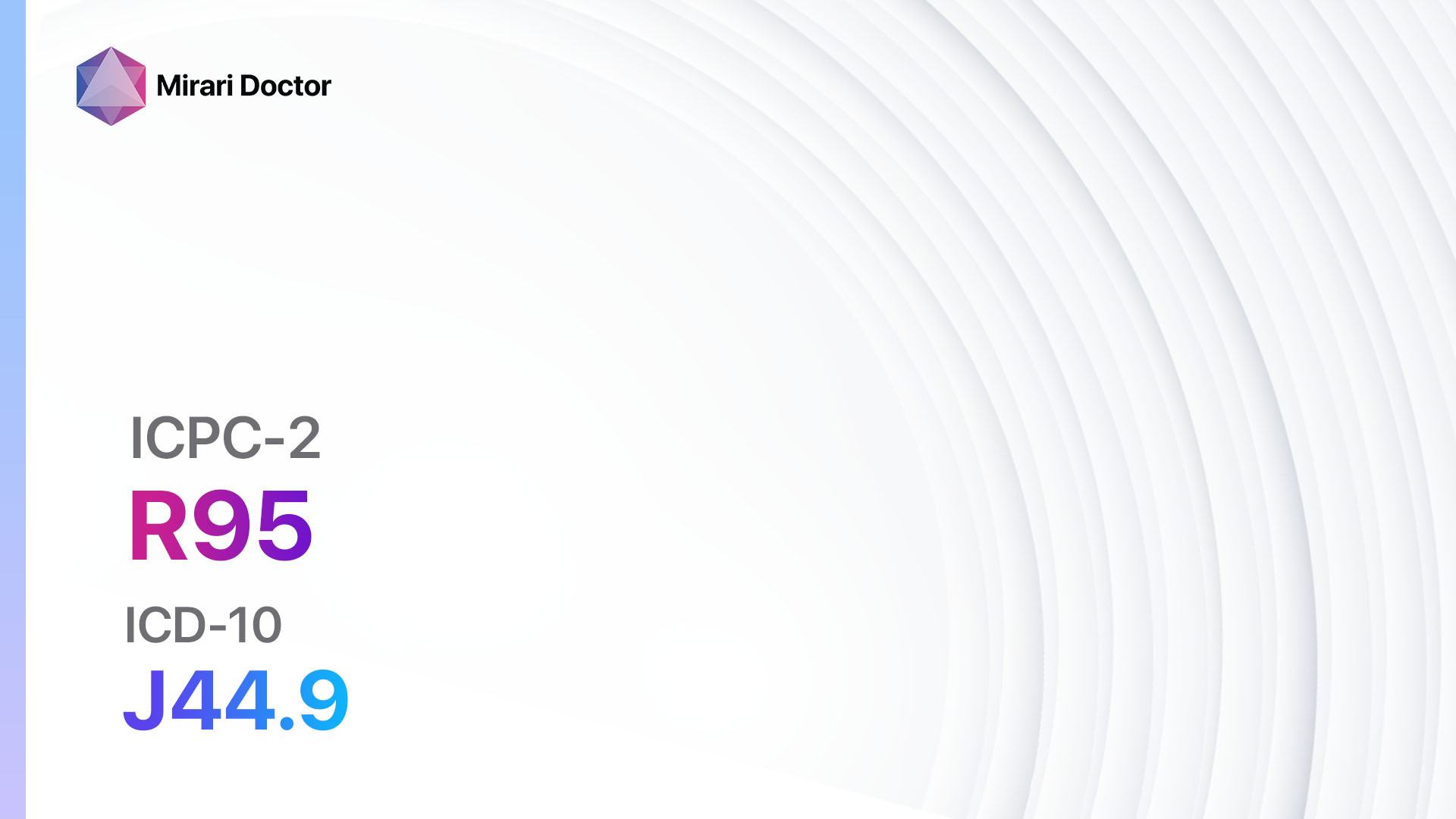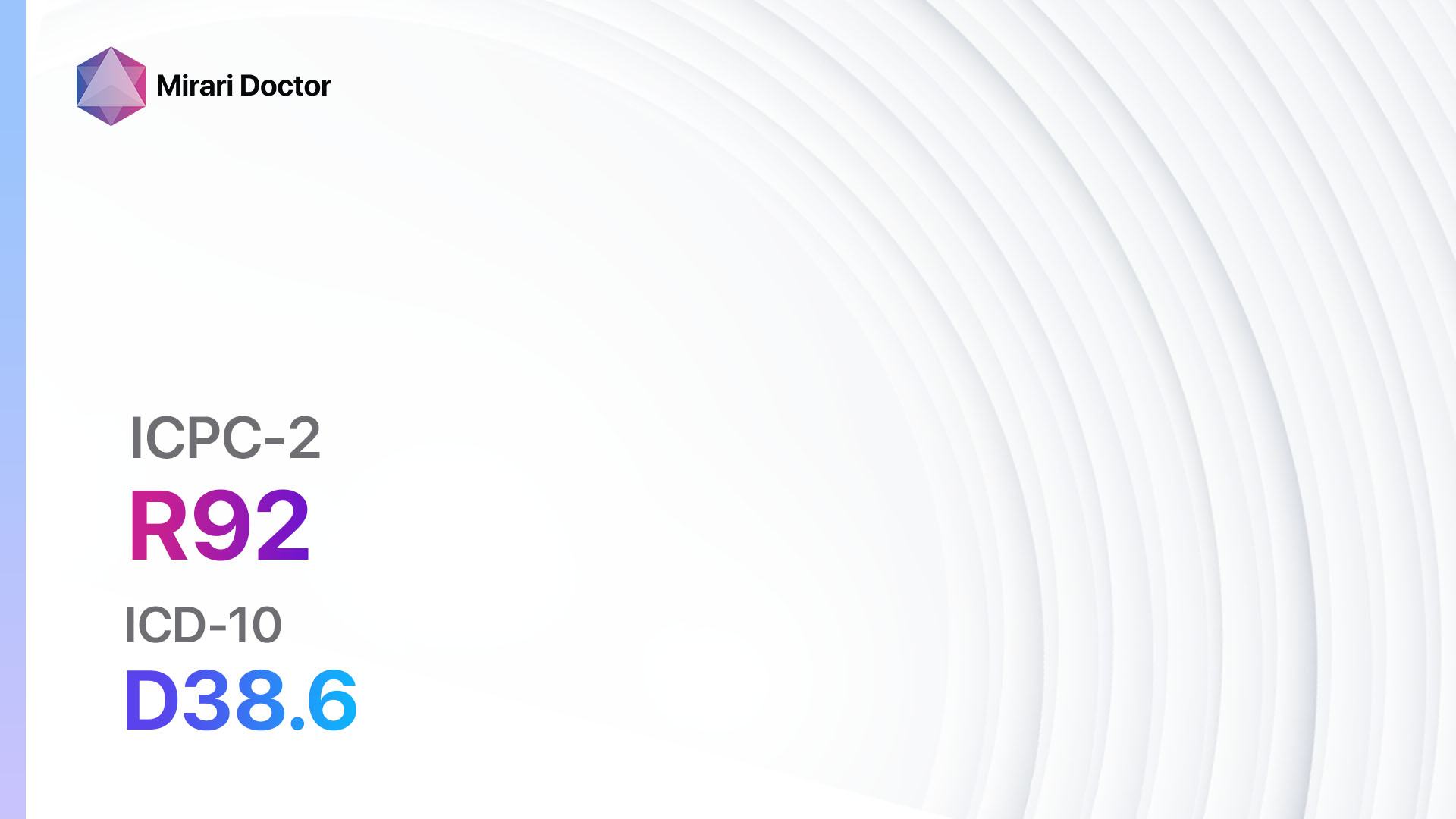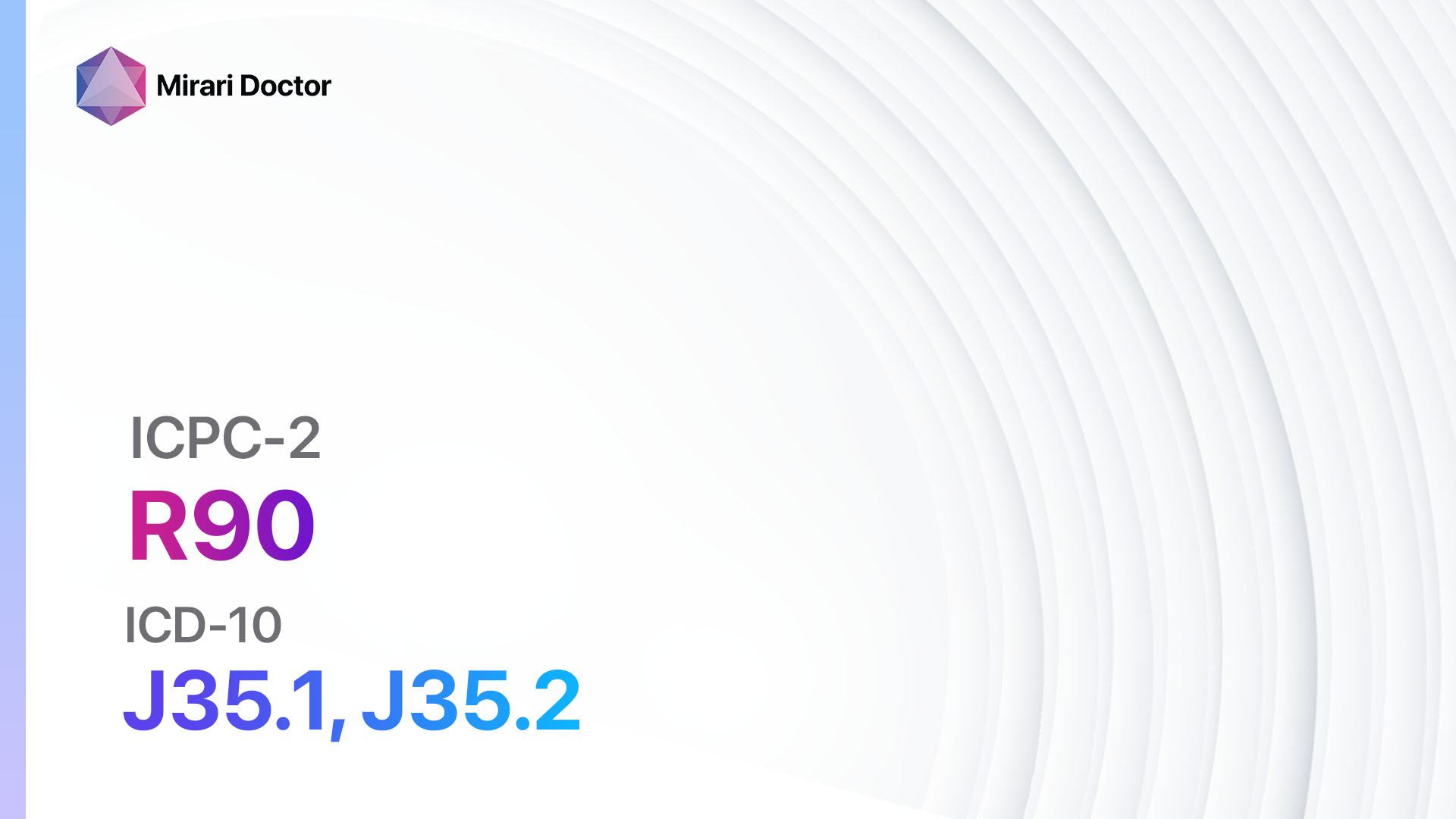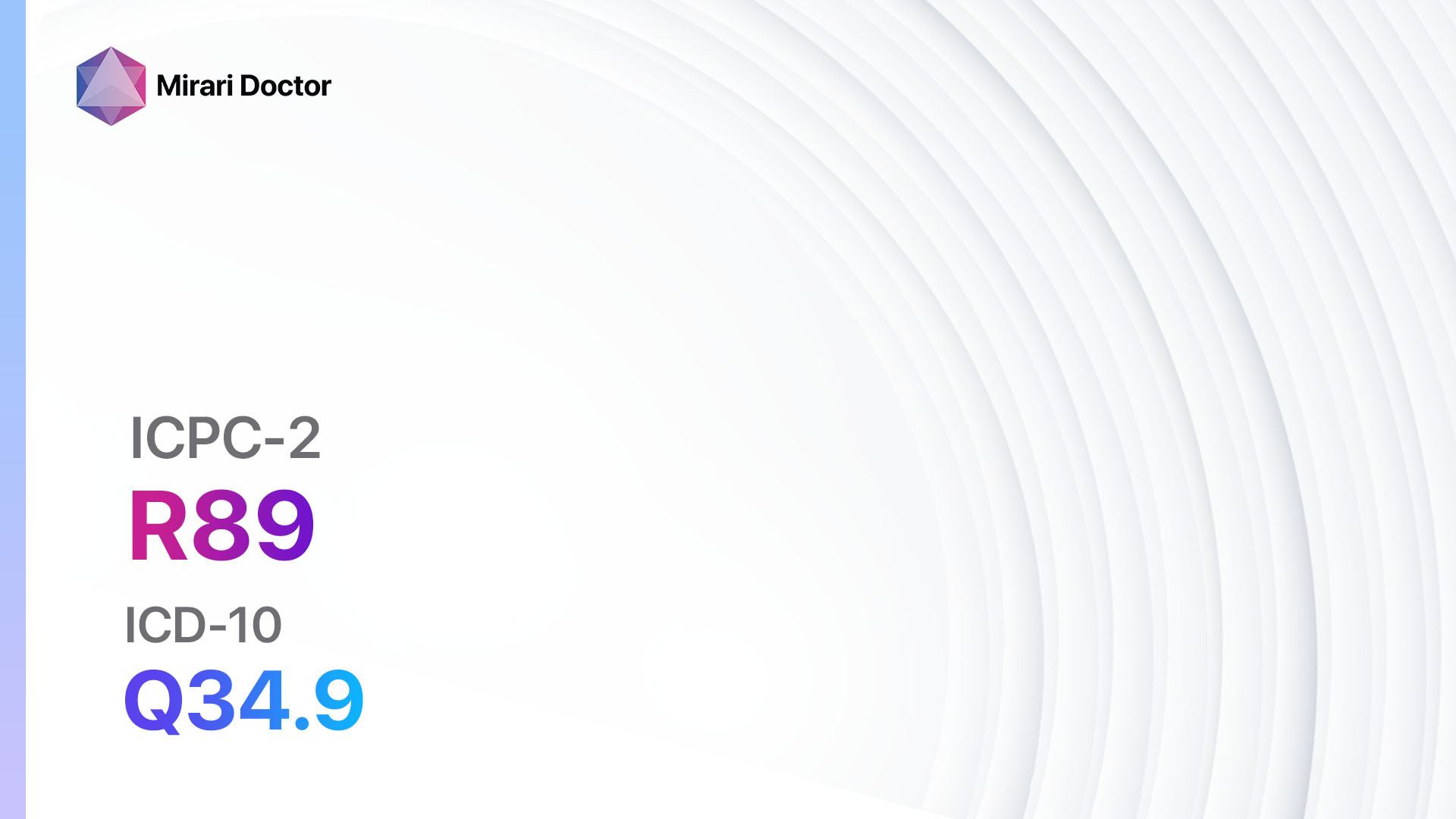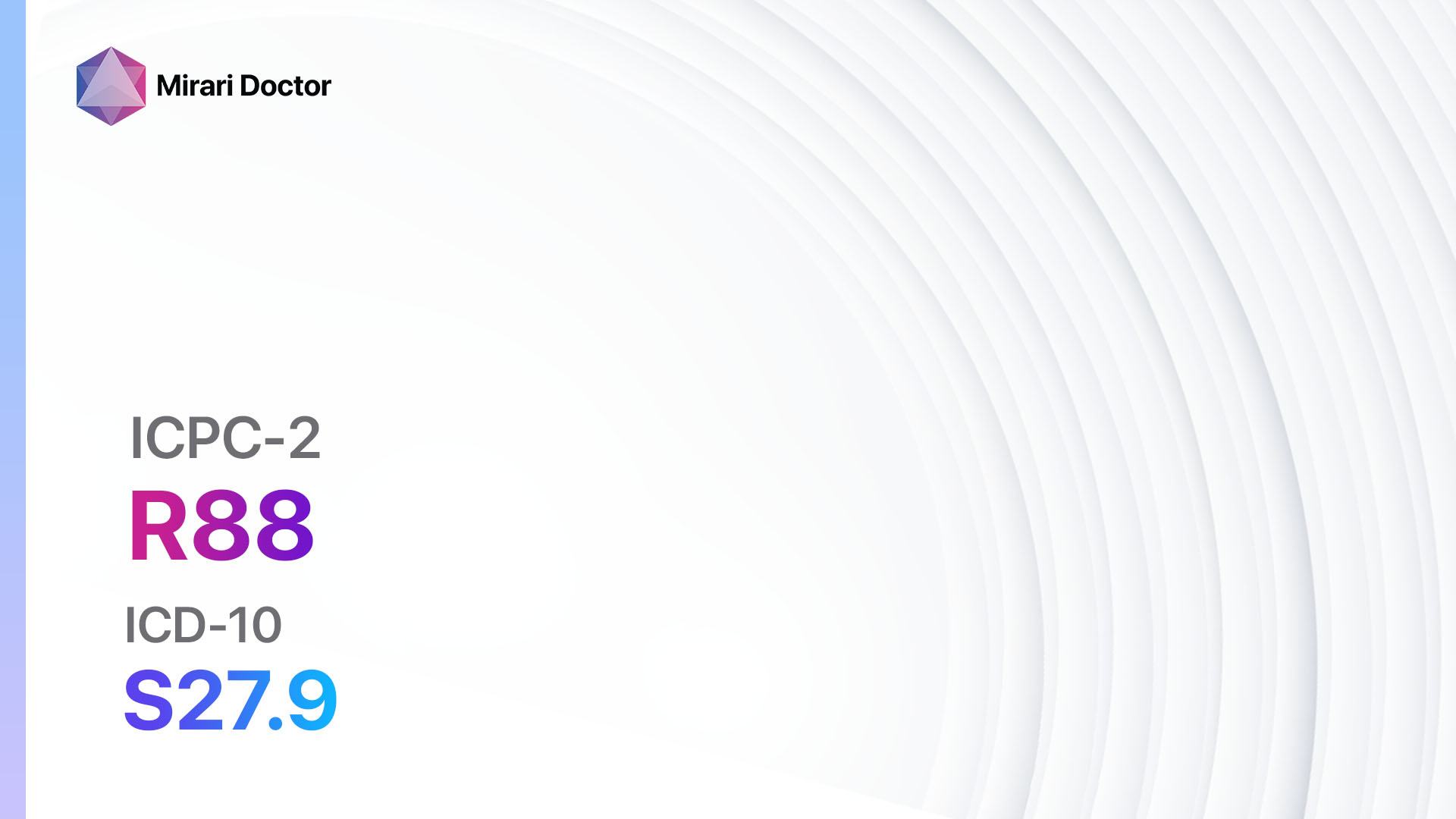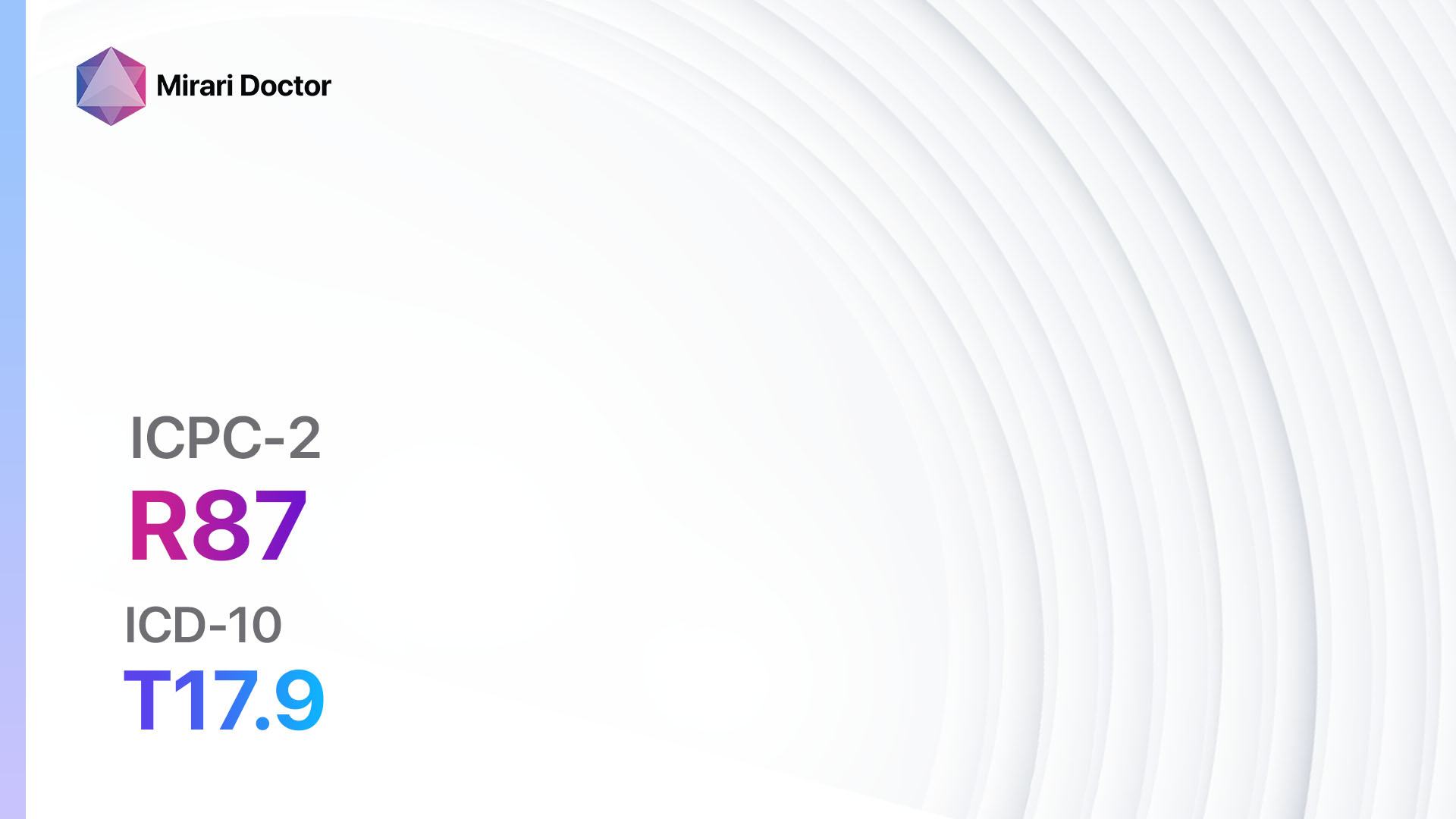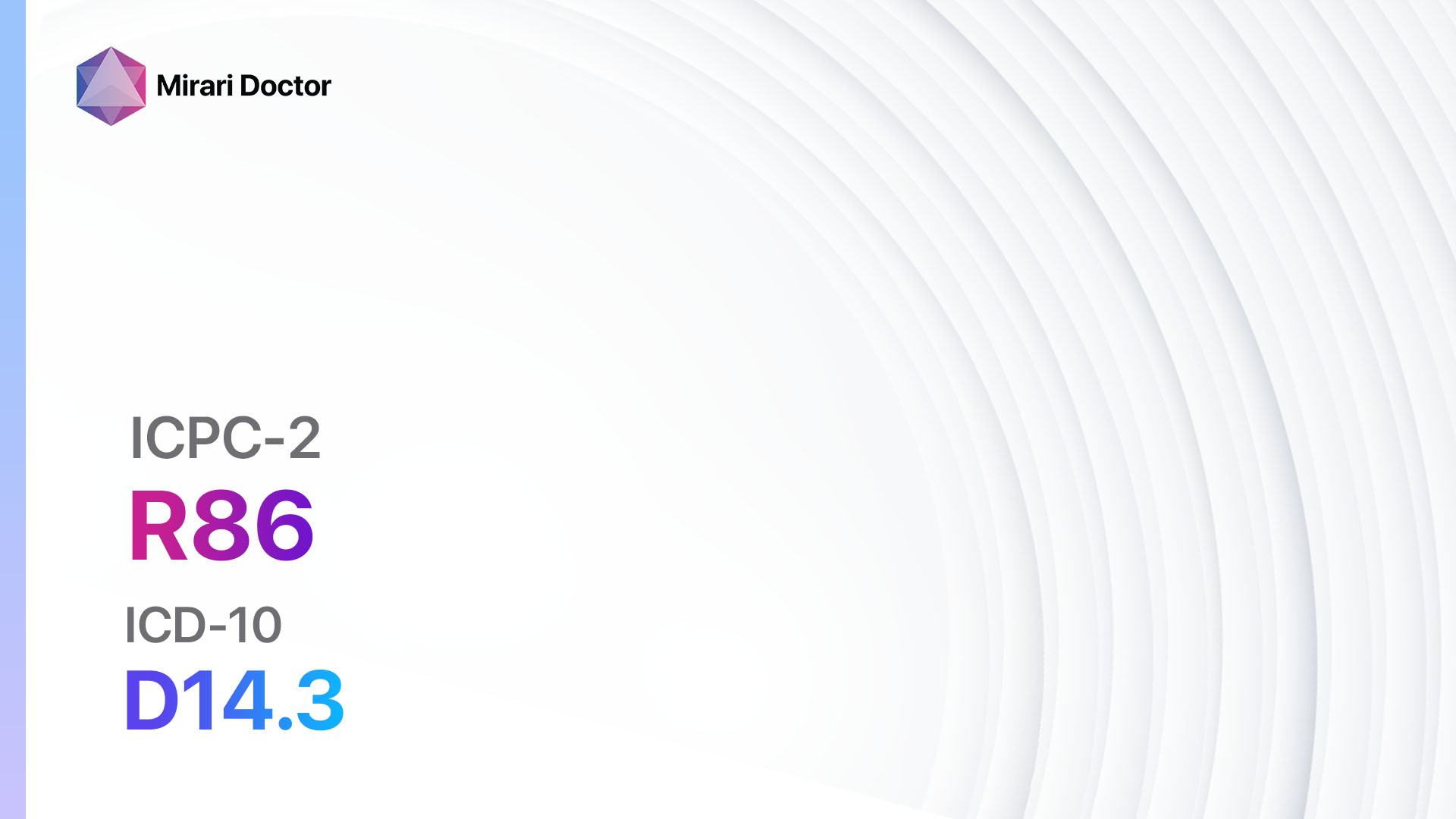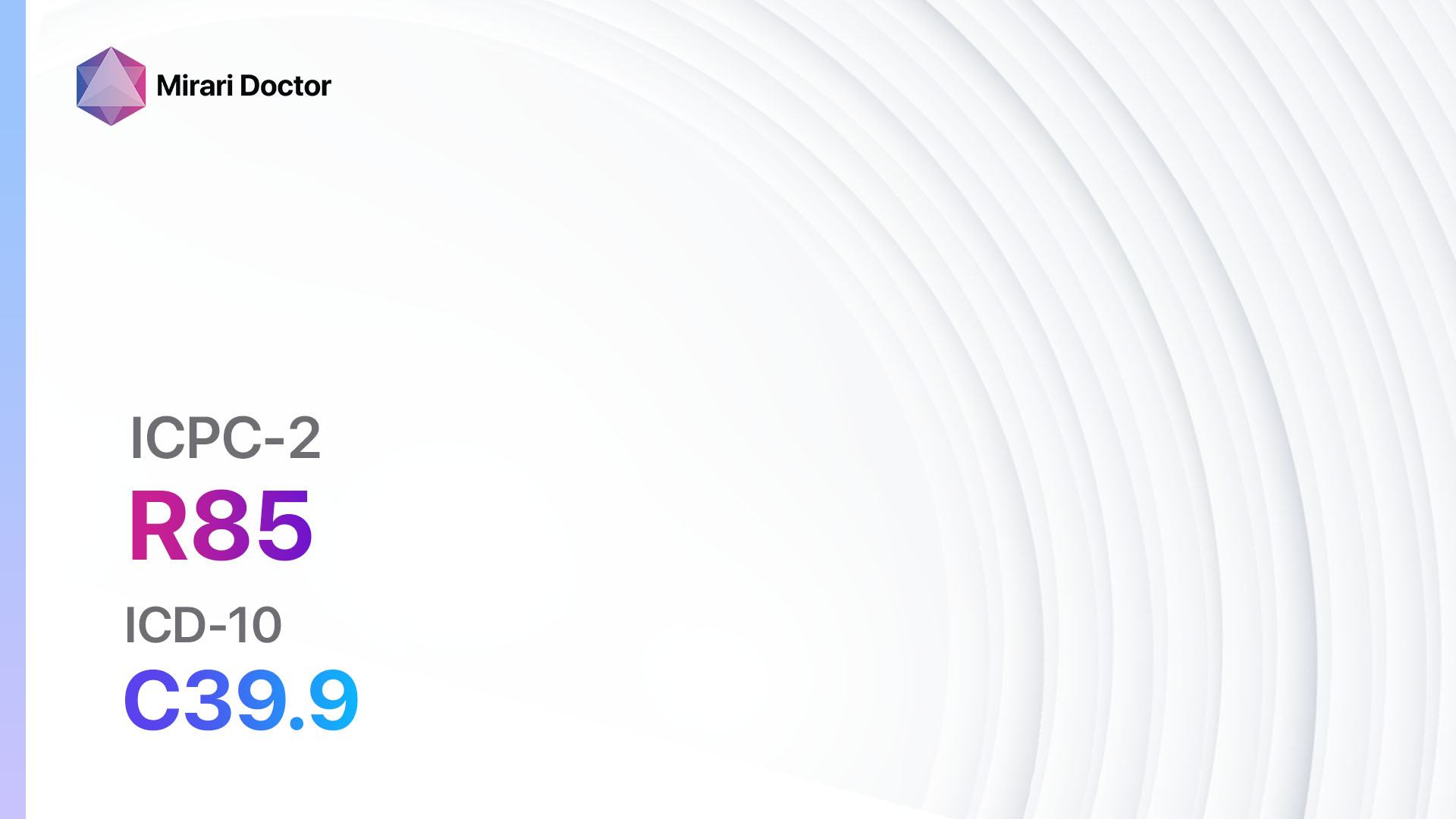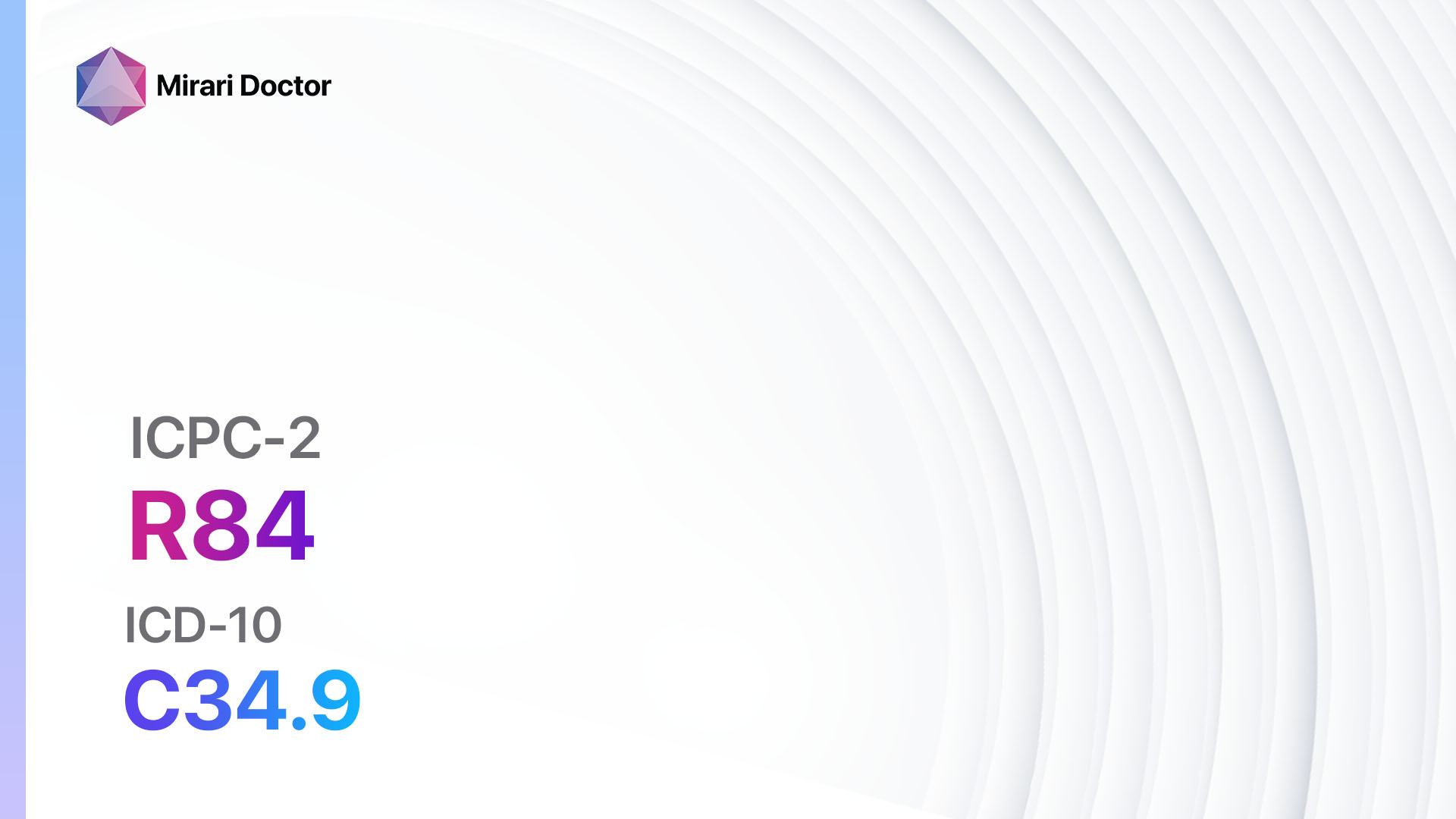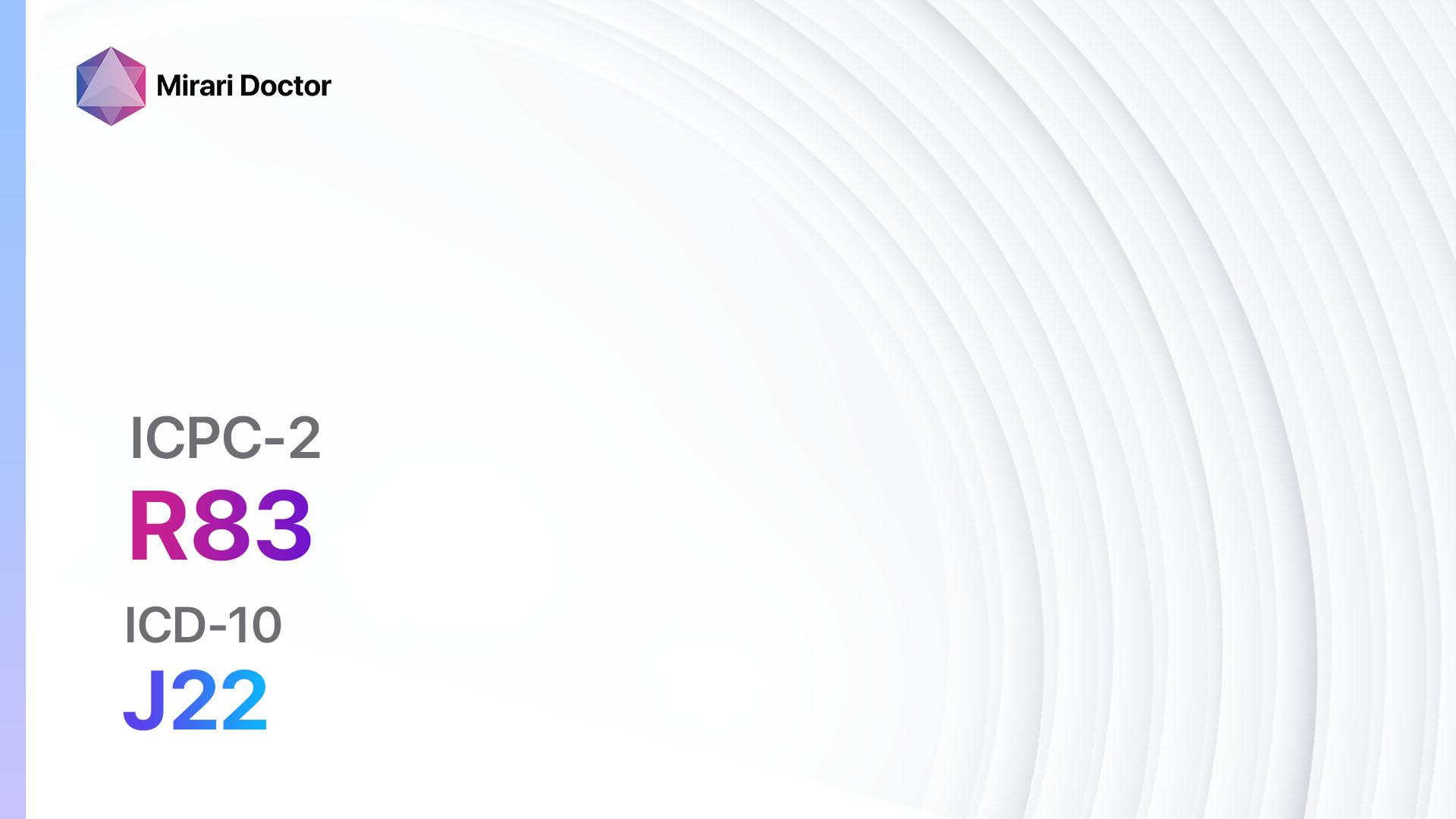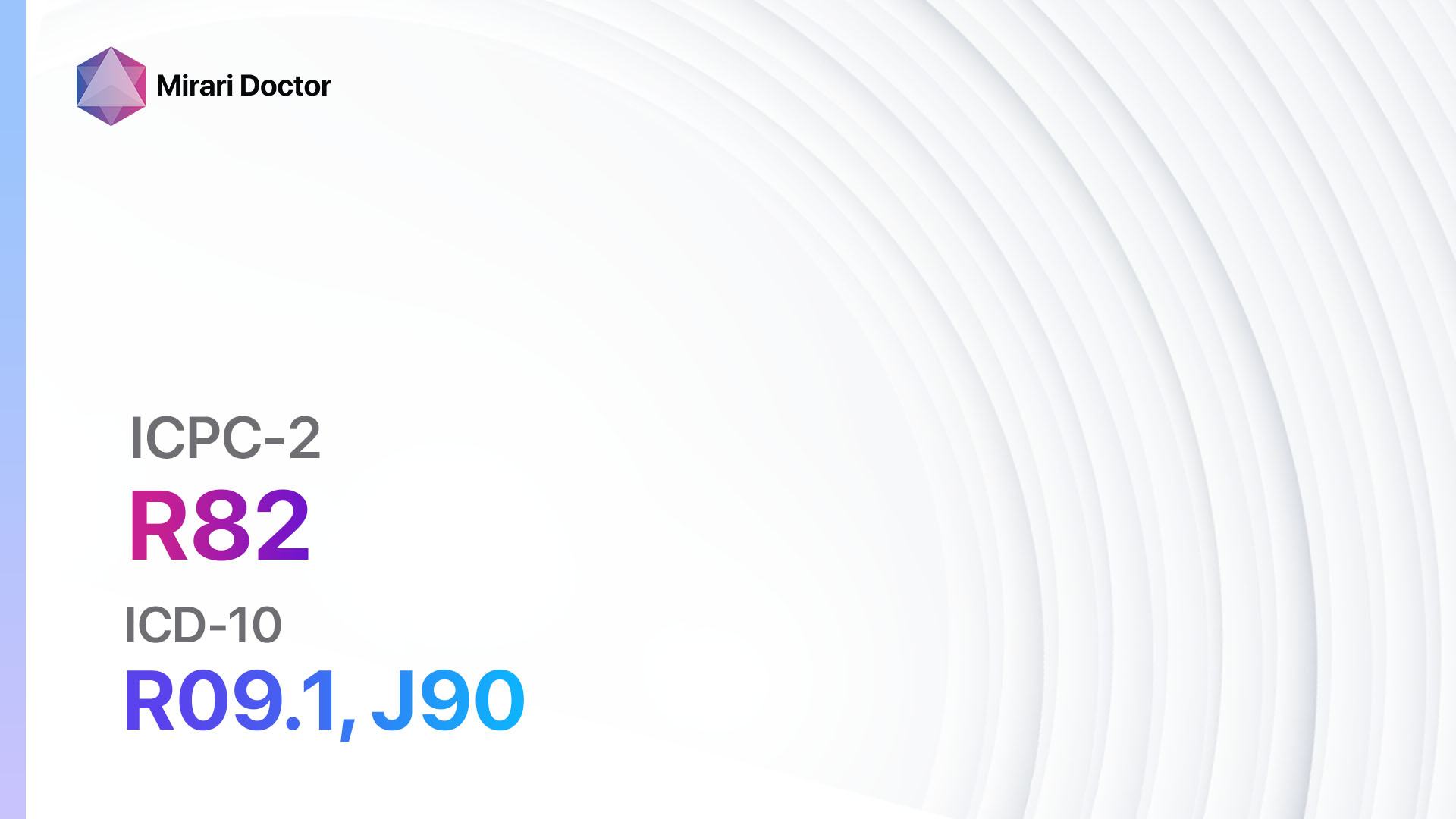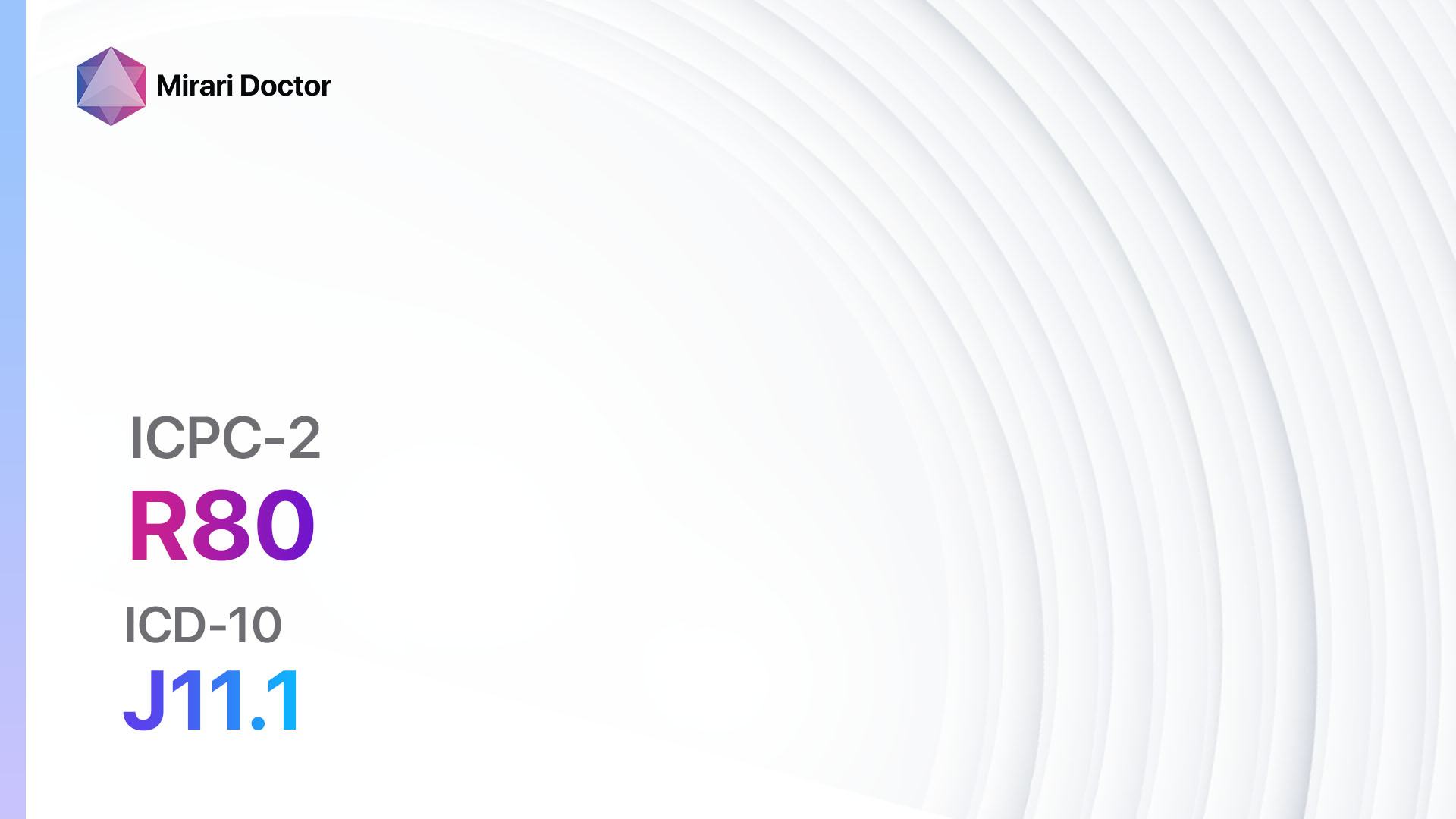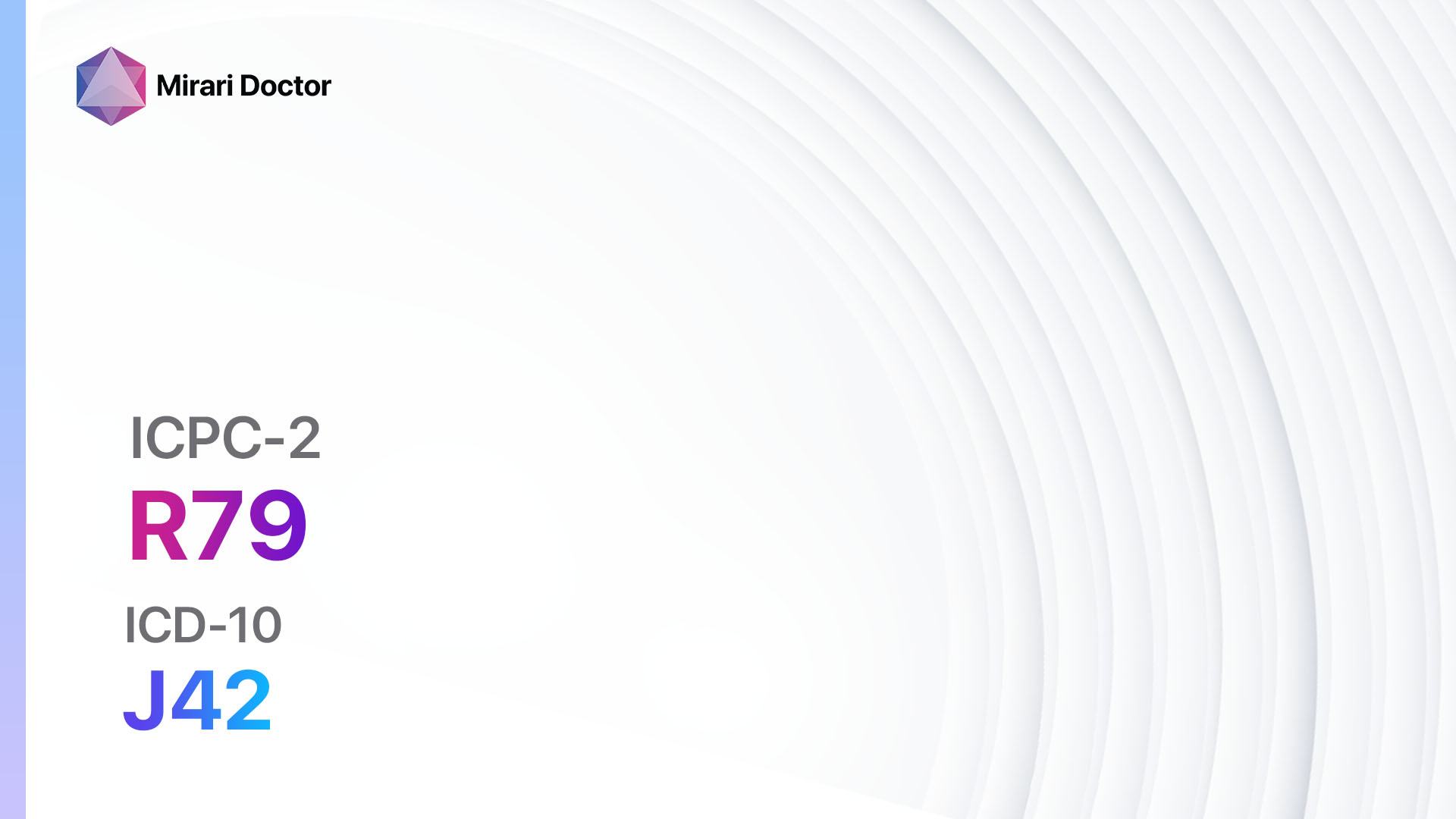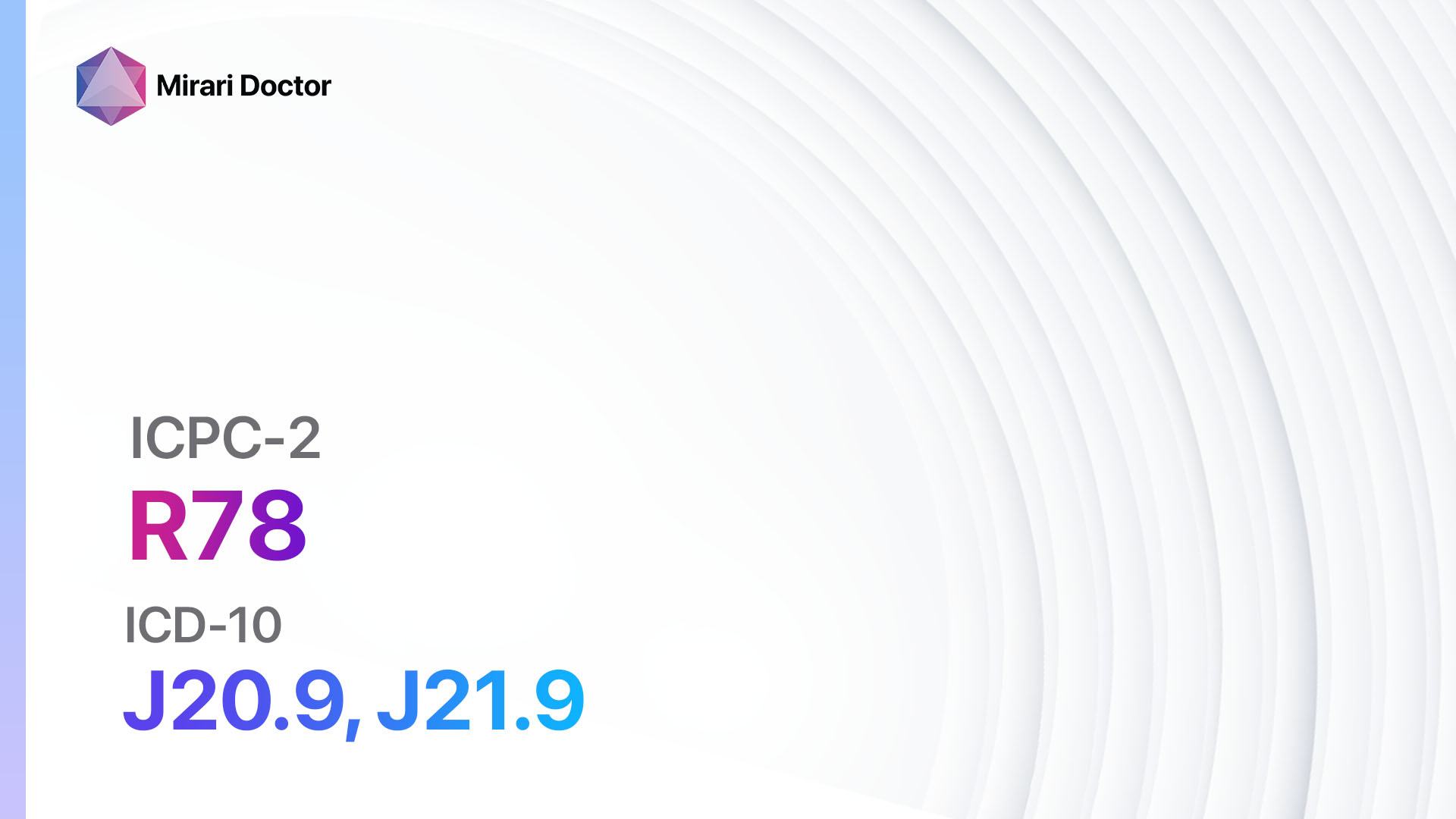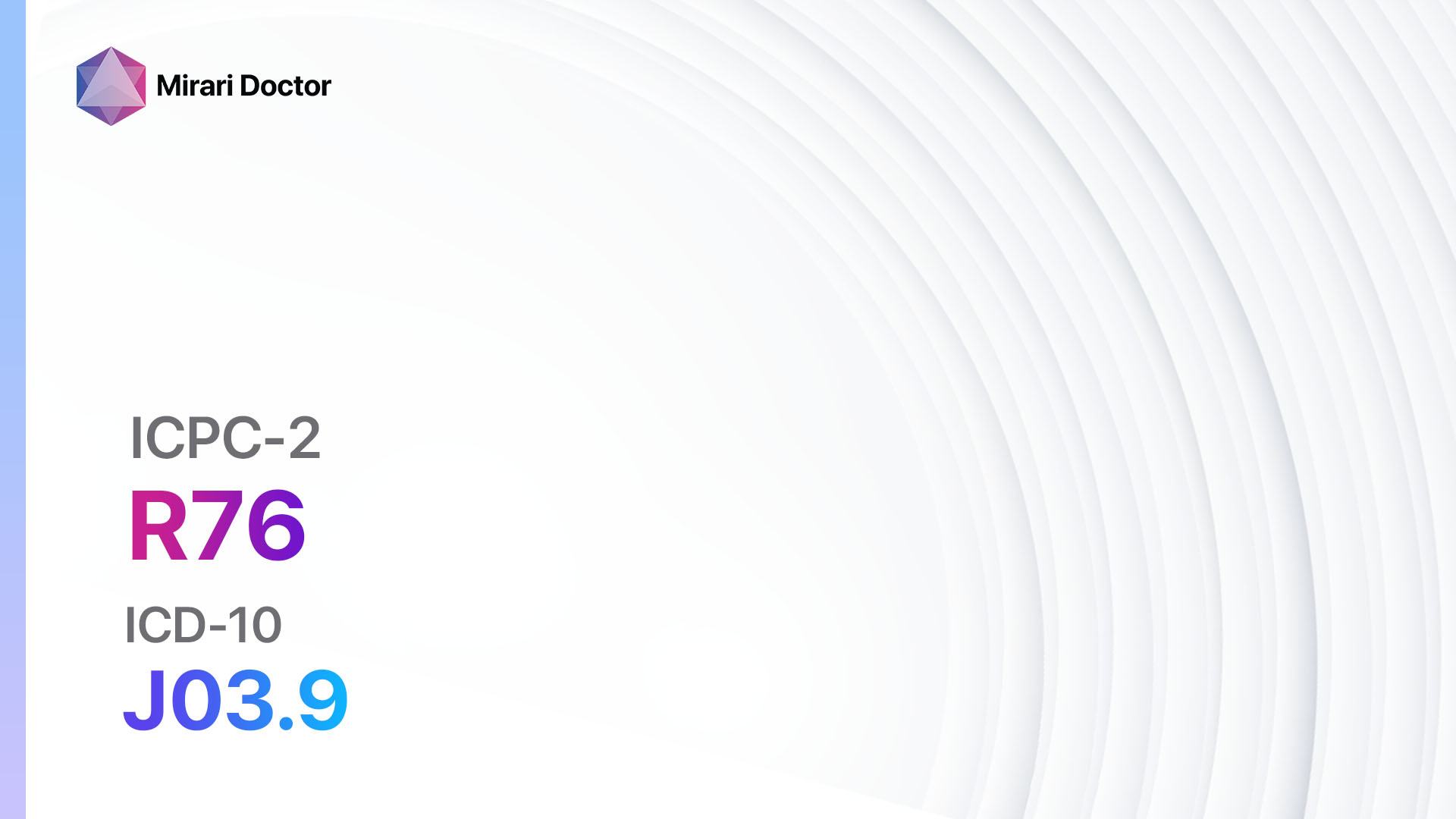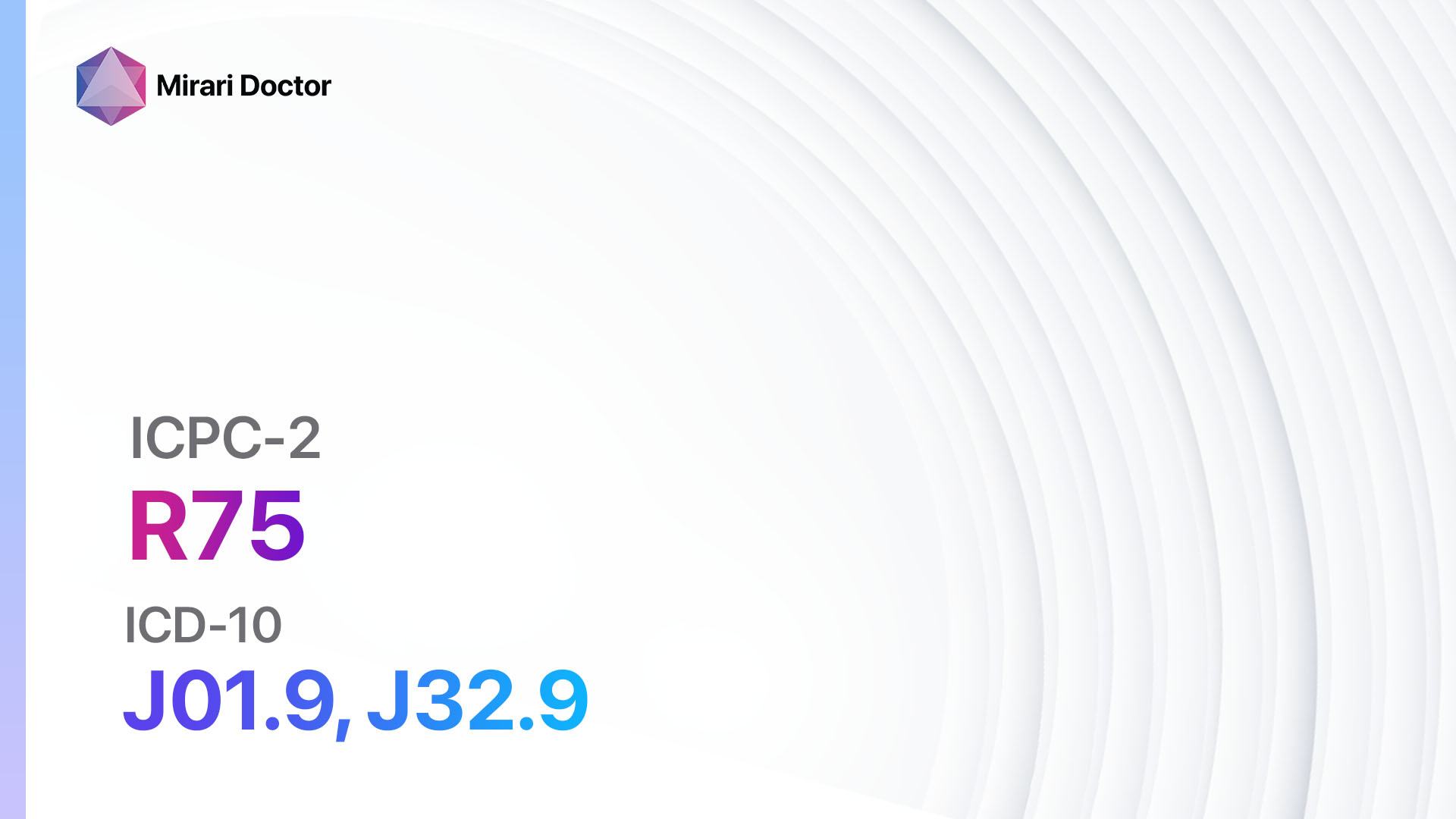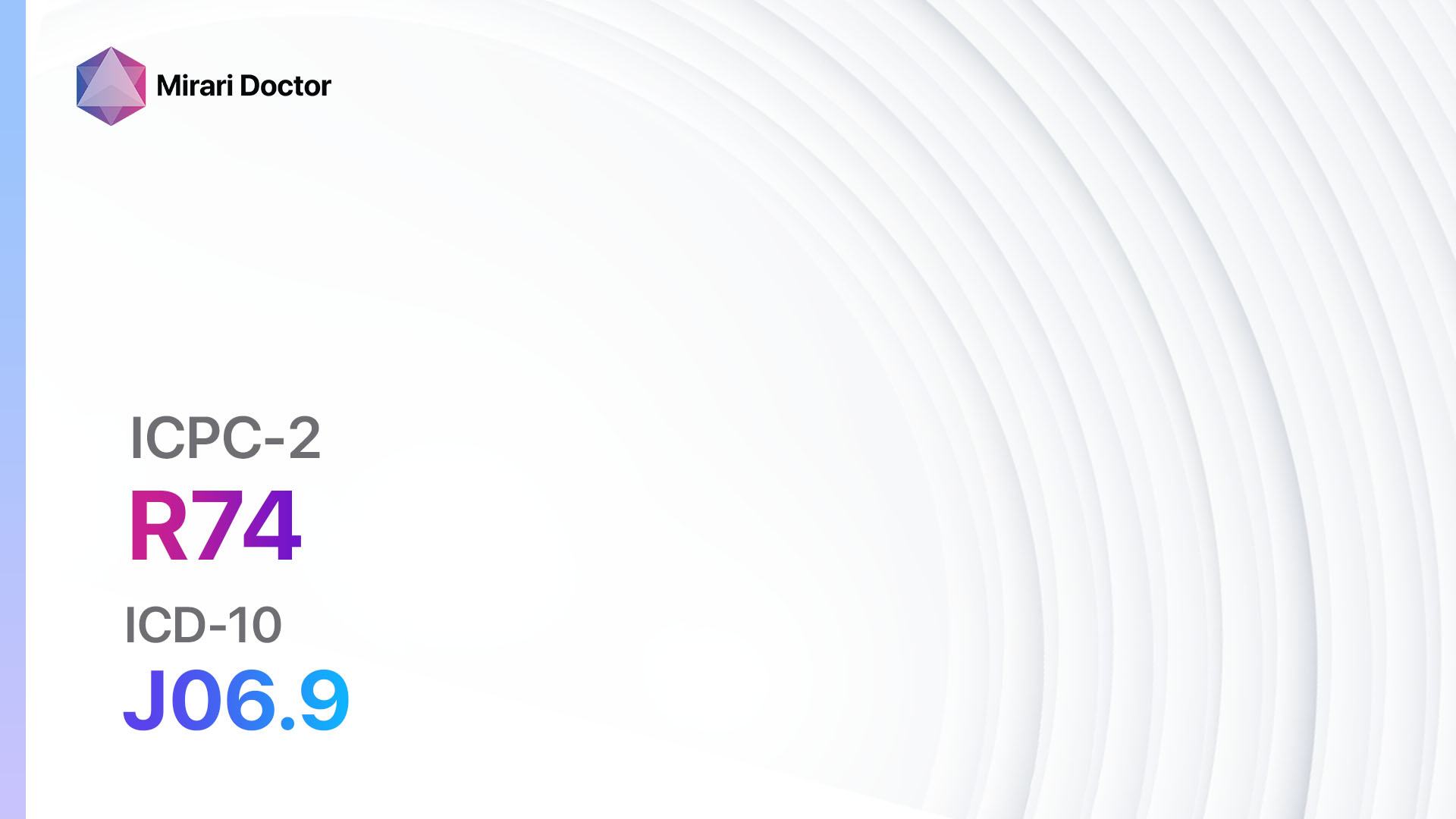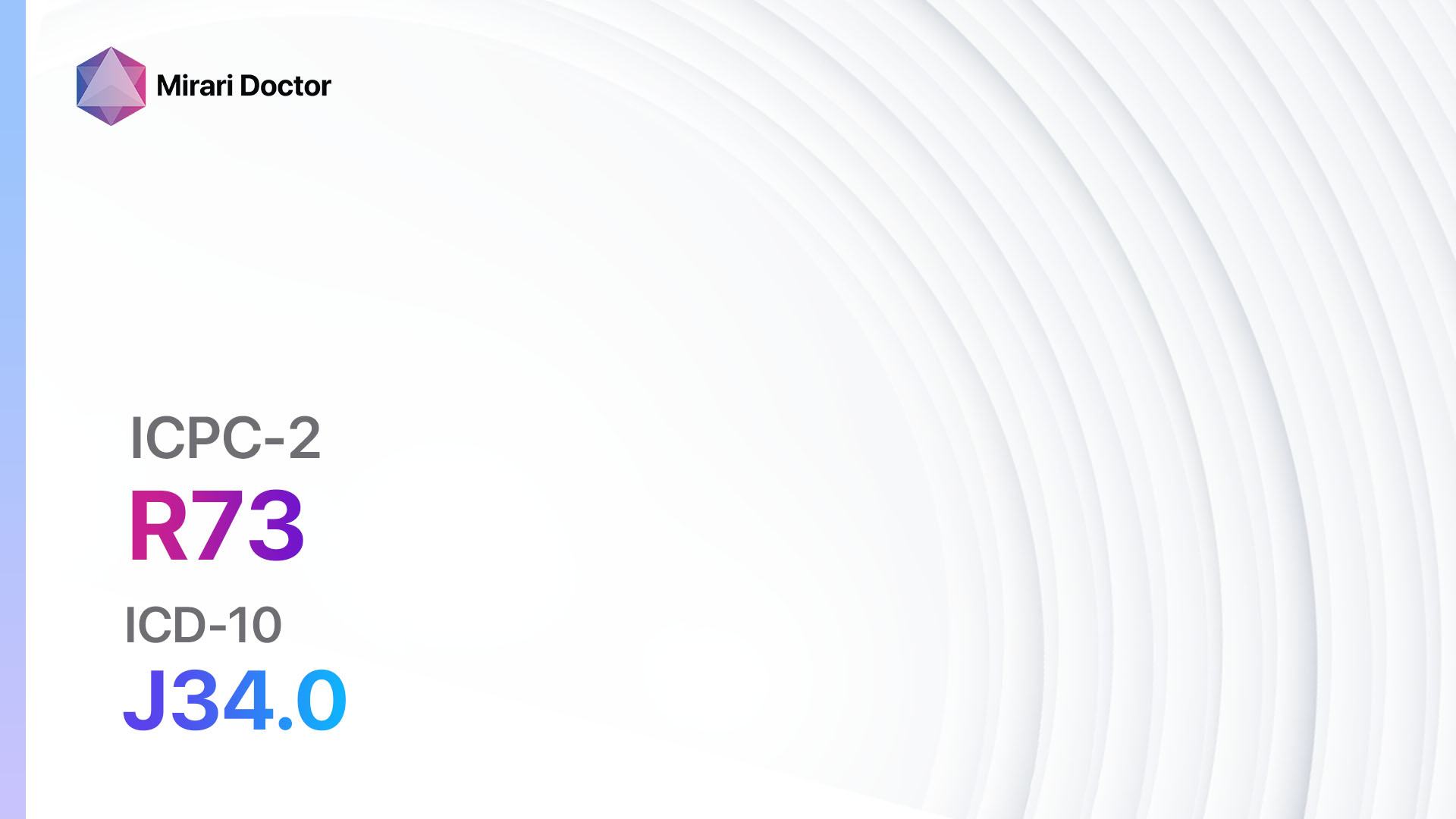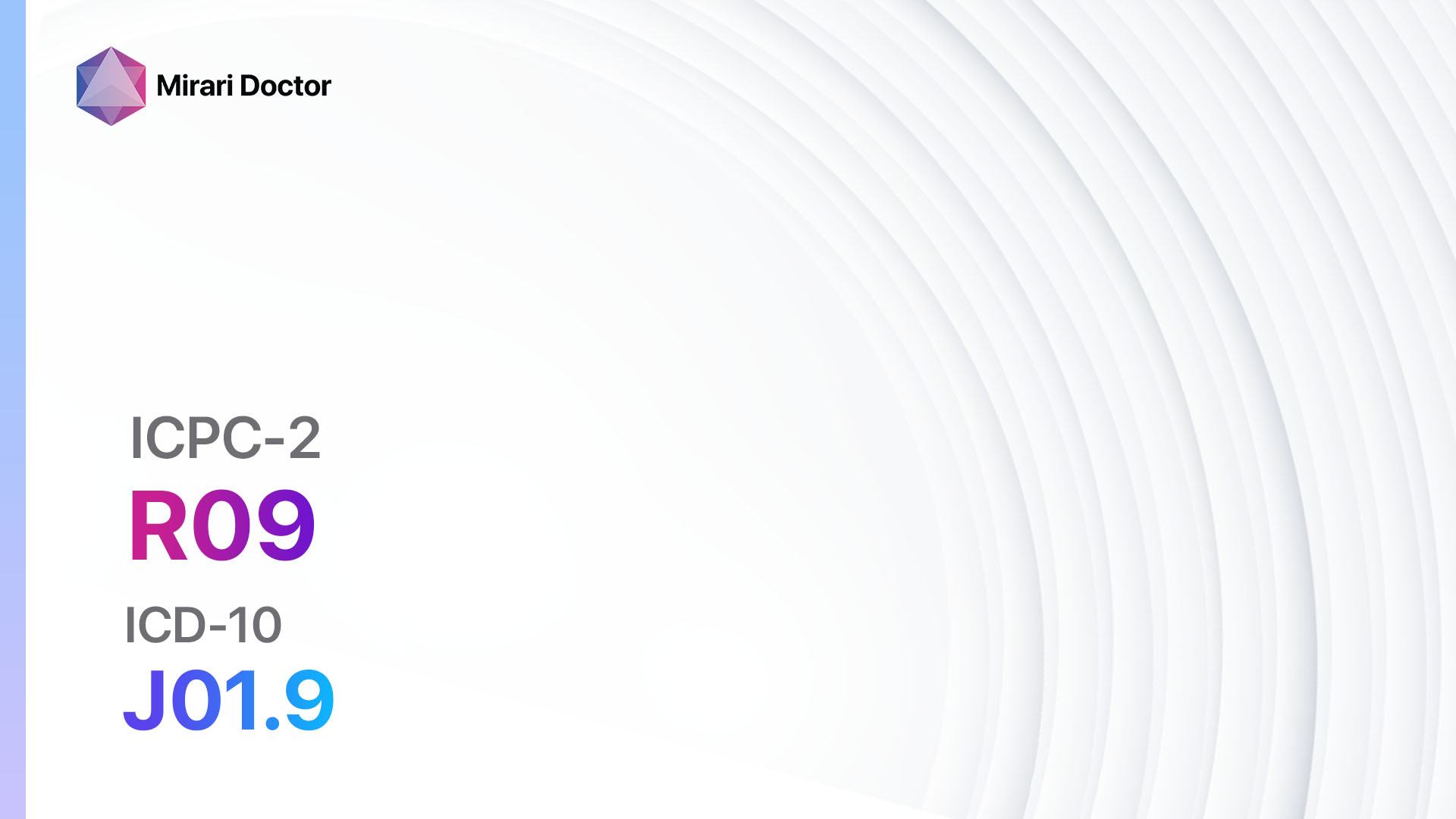
Introduction
Sinus symptoms or complaints refer to a range of symptoms that occur due to inflammation or infection of the sinuses. The sinuses are air-filled spaces located within the bones of the face and skull. When the sinuses become inflamed or infected, it can lead to symptoms such as nasal congestion, facial pain or pressure, headache, and postnasal drip.[1]This guide aims to provide a comprehensive overview of sinus symptoms, including their causes, diagnostic steps, possible interventions, and patient education.
Codes
Symptoms
- Nasal congestion: Feeling of stuffiness or blockage in the nose.
- Facial pain or pressure: Pain or pressure in the face, particularly around the cheeks, forehead, or eyes.
- Headache: Pain or pressure in the head, often localized to the front or sides.
- Postnasal drip: Sensation of mucus dripping down the back of the throat.
- Reduced sense of smell: Decreased ability to smell or taste.
- Cough: Coughing, particularly worse at night or in the morning.
- Fatigue: Feeling tired or lacking energy.
- Bad breath: Unpleasant odor from the mouth.
- Tooth pain: Pain or sensitivity in the teeth, particularly the upper teeth.[2]
Causes
- Viral infection: Most cases of sinus symptoms are caused by viral infections, such as the common cold or influenza.
- Bacterial infection: In some cases, sinus symptoms may be caused by a bacterial infection, particularly if symptoms persist for more than 10 days or worsen after initial improvement.[3]
- Allergies: Allergic rhinitis or hay fever can cause inflammation of the sinuses and lead to symptoms.
- Nasal polyps: Noncancerous growths in the lining of the nose or sinuses can obstruct the sinuses and cause symptoms.
- Deviated septum: A crooked or deviated nasal septum can obstruct the sinuses and lead to symptoms.
- Environmental irritants: Exposure to irritants such as cigarette smoke, air pollution, or strong odors can trigger sinus symptoms.
- Structural abnormalities: Rarely, structural abnormalities of the sinuses or nasal passages can cause symptoms.[4]
Diagnostic Steps
Medical History
- Gather information about the patient’s symptoms, including the duration, severity, and progression.
- Ask about any previous episodes of sinus symptoms or related conditions.
- Inquire about any known allergies or exposure to environmental irritants.
- Assess the patient’s medical history, including any chronic conditions or medications that may contribute to sinus symptoms.
- Identify any risk factors for sinusitis, such as recent upper respiratory tract infections or nasal trauma.[5]
Physical Examination
- Inspect the nasal passages and sinuses using a nasal speculum and light source.
- Palpate the face and sinuses for tenderness or swelling.
- Evaluate the patient’s sense of smell using common odors.
- Examine the throat and neck for signs of postnasal drip or lymph node enlargement.
- Assess the patient’s vital signs, including temperature, heart rate, and blood pressure.[6]
Laboratory Tests
- Nasal swab: Collect a sample of nasal secretions for laboratory analysis to identify the presence of bacteria or viruses.
- Blood tests: Measure white blood cell count and inflammatory markers to assess for infection or inflammation.
- Allergy testing: Perform skin prick tests or blood tests to identify specific allergens that may be contributing to sinus symptoms.[7]
Diagnostic Imaging
- X-ray: Obtain X-ray images of the sinuses to assess for signs of inflammation, infection, or structural abnormalities.
- CT scan: Use computed tomography (CT) imaging to provide detailed images of the sinuses and identify any abnormalities.
- MRI: In certain cases, magnetic resonance imaging (MRI) may be used to evaluate the sinuses, particularly if there is concern for complications or tumors.[8]
Other Tests
- Nasal endoscopy: Insert a thin, flexible tube with a light and camera into the nasal passages to visualize the sinuses and identify any abnormalities.
- Sinus culture: Collect a sample of sinus secretions for laboratory analysis to identify the specific bacteria causing the infection and guide antibiotic treatment.
- Allergy testing: Perform additional allergy testing, such as patch testing or intradermal testing, to further evaluate for specific allergens.[9]
Follow-up and Patient Education
- Schedule a follow-up appointment to assess the patient’s response to treatment and address any ongoing concerns.
- Provide education on sinus symptom management, including proper nasal hygiene, avoidance of triggers, and the use of medications as prescribed.
- Discuss the importance of completing the full course of antibiotics if prescribed.
- Advise the patient on when to seek medical attention if symptoms worsen or fail to improve.[10]
Possible Interventions
Traditional Interventions
Medications:
Top 5 drugs for Sinus symptom/complaint:
- Decongestants (e.g., pseudoephedrine, phenylephrine):
- Cost: Generic versions can be $3-$20.
- Contraindications: Severe hypertension, glaucoma, hyperthyroidism.
- Side effects: Increased heart rate, elevated blood pressure, insomnia.
- Severe side effects: Severe hypertension, heart rhythm disturbances.
- Drug interactions: Monoamine oxidase inhibitors (MAOIs), beta-blockers.
- Warning: Prolonged use can lead to rebound congestion.
- Nasal corticosteroids (e.g., fluticasone, mometasone):
- Cost: Generic versions can be $10-$30.
- Contraindications: Recent nasal surgery or trauma.
- Side effects: Nasal irritation, nosebleeds, headache.
- Severe side effects: Adrenal suppression (with long-term use).
- Drug interactions: None significant.
- Warning: Regular use is required for optimal effect.
- Antihistamines (e.g., loratadine, cetirizine):
- Cost: Generic versions can be $5-$20.
- Contraindications: Glaucoma, urinary retention, severe liver disease.
- Side effects: Drowsiness, dry mouth, constipation.
- Severe side effects: None significant.
- Drug interactions: Sedatives, alcohol.
- Warning: Some antihistamines can cause drowsiness.
- Saline nasal sprays:
- Cost: $5-$15.
- Contraindications: None.
- Side effects: None significant.
- Severe side effects: None.
- Drug interactions: None.
- Warning: Regular use can help moisturize the nasal passages.
- Pain relievers (e.g., acetaminophen, ibuprofen):
- Cost: Generic versions can be $3-$10.
- Contraindications: Active peptic ulcer disease, severe liver disease.
- Side effects: Upset stomach, gastrointestinal bleeding (with long-term use).
- Severe side effects: None significant.
- Drug interactions: Anticoagulants, other nonsteroidal anti-inflammatory drugs (NSAIDs).
- Warning: Follow recommended dosages and duration of use.
Alternative Drugs:
- Antibiotics: If bacterial infection is suspected, antibiotics such as amoxicillin or trimethoprim/sulfamethoxazole may be prescribed.
- Antifungals: In cases of fungal sinusitis, antifungal medications such as fluconazole or itraconazole may be used.
- Oral corticosteroids: In severe cases of sinusitis, oral corticosteroids such as prednisone may be prescribed to reduce inflammation.
Surgical Procedures:
- Functional endoscopic sinus surgery (FESS): A minimally invasive procedure that uses an endoscope to remove obstructions and improve sinus drainage. Cost: $5,000 to $15,000.
- Balloon sinuplasty: A procedure that uses a small balloon catheter to open blocked sinus passages. Cost: $3,000 to $7,000.
- Sinus irrigation: A technique that involves flushing the sinuses with a saline solution to remove mucus and debris. Cost: $10 to $30 for a sinus rinse kit.
Alternative Interventions
- Nasal irrigation: Using a neti pot or nasal irrigation bottle to flush the sinuses with a saline solution. Cost: $10 to $20 for a nasal irrigation kit.
- Steam inhalation: Inhaling steam from a bowl of hot water or using a steam inhaler to help relieve sinus congestion. Cost: $20 to $50 for a steam inhaler.
- Acupuncture: May help reduce sinus inflammation and improve symptoms. Cost: $60 to $120 per session.
- Herbal supplements: Certain herbs, such as eucalyptus or peppermint, may have decongestant properties. Cost: Varies depending on the specific supplement.
- Probiotics: Some studies suggest that certain probiotic strains may help reduce the frequency and severity of sinus infections. Cost: Varies depending on the specific probiotic supplement.
Lifestyle Interventions
- Nasal hygiene: Regularly rinsing the nasal passages with saline solution to keep them clean and moisturized. Cost: $10 to $20 for a nasal rinse kit.
- Avoiding triggers: Identifying and avoiding triggers such as allergens, cigarette smoke, or strong odors that may worsen sinus symptoms. Cost: None.
- Humidification: Using a humidifier or vaporizer to add moisture to the air and prevent dryness in the nasal passages. Cost: $20 to $100 for a humidifier.
- Elevating the head: Sleeping with the head elevated to help reduce nasal congestion and promote sinus drainage. Cost: None.
- Hydration: Drinking plenty of fluids to help thin mucus and promote sinus drainage. Cost: None.
It is important to note that the cost ranges provided are approximate and may vary depending on the location and availability of the interventions.
Mirari Cold Plasma Alternative Intervention
Understanding Mirari Cold Plasma
- Safe and Non-Invasive Treatment:Mirari Cold Plasma is a safe and non-invasive treatment option for various skin conditions. It does not require incisions, minimizing the risk of scarring, bleeding, or tissue damage.
- Efficient Extraction of Foreign Bodies:Mirari Cold Plasma facilitates the removal of foreign bodies from the skin by degrading and dissociating organic matter, allowing easier access and extraction.
- Pain Reduction and Comfort:Mirari Cold Plasma has a local analgesic effect, providing pain relief during the treatment, making it more comfortable for the patient.
- Reduced Risk of Infection:Mirari Cold Plasma has antimicrobial properties, effectively killing bacteria and reducing the risk of infection.
- Accelerated Healing and Minimal Scarring: Mirari Cold Plasma stimulates wound healing and tissue regeneration, reducing healing time and minimizing the formation of scars.
Mirari Cold Plasma Prescription
Video instructions for using Mirari Cold Plasma Device – R09 Sinus symptom/complaint (ICD-10:J01.9)
| Mild | Moderate | Severe |
| Mode setting: 1 (Infection) Location: 0 (Localized) Morning: 15 minutes, Evening: 15 minutes | Mode setting: 1 (Infection) Location: 0 (Localized) Morning: 30 minutes, Lunch: 30 minutes, Evening: 30 minutes | Mode setting: 1 (Infection) Location: 0 (Localized) Morning: 30 minutes, Lunch: 30 minutes, Evening: 30 minutes |
| Mode setting: 2 (Wound Healing) Location: 7 (Neuro system & ENT) Morning: 15 minutes, Evening: 15 minutes | Mode setting: 2 (Wound Healing) Location: 7 (Neuro system & ENT) Morning: 30 minutes, Lunch: 30 minutes, Evening: 30 minutes | Mode setting: 2 (Wound Healing) Location: 7 (Neuro system & ENT) Morning: 30 minutes, Lunch: 30 minutes, Evening: 30 minutes |
| Mode setting: 7 (Immunotherapy) Location: 1 (Sacrum) Morning: 15 minutes, Evening: 15 minutes | Mode setting: 7 (Immunotherapy) Location: 1 (Sacrum) Morning: 30 minutes, Lunch: 30 minutes, Evening: 30 minutes | Mode setting: 7 (Immunotherapy) Location: 1 (Sacrum) Morning: 30 minutes, Lunch: 30 minutes, Evening: 30 minutes |
| Total Morning: 45 minutes approx. $7.50 USD, Evening: 45 minutes approx. $7.50 USD | Total Morning: 90 minutes approx. $15 USD, Lunch: 90 minutes approx. $15 USD, Evening: 90 minutes approx. $15 USD | Total Morning: 90 minutes approx. $15 USD, Lunch: 90 minutes approx. $15 USD, Evening: 90 minutes approx. $15 USD |
| Usual treatment for 7-60 days approx. $105 USD – $900 USD | Usual treatment for 6-8 weeks approx. $1,890 USD – $2,520 USD | Usual treatment for 3-6 months approx. $4,050 USD – $8,100 USD |
 |
|
Use the Mirari Cold Plasma device to treat Sinus symptom/complaint effectively.
WARNING: MIRARI COLD PLASMA IS DESIGNED FOR THE HUMAN BODY WITHOUT ANY ARTIFICIAL OR THIRD PARTY PRODUCTS. USE OF OTHER PRODUCTS IN COMBINATION WITH MIRARI COLD PLASMA MAY CAUSE UNPREDICTABLE EFFECTS, HARM OR INJURY. PLEASE CONSULT A MEDICAL PROFESSIONAL BEFORE COMBINING ANY OTHER PRODUCTS WITH USE OF MIRARI.
Step 1: Cleanse the Skin
- Start by cleaning the affected area of the skin with a gentle cleanser or mild soap and water. Gently pat the area dry with a clean towel.
Step 2: Prepare the Mirari Cold Plasma device
- Ensure that the Mirari Cold Plasma device is fully charged or has fresh batteries as per the manufacturer’s instructions. Make sure the device is clean and in good working condition.
- Switch on the Mirari device using the power button or by following the specific instructions provided with the device.
- Some Mirari devices may have adjustable settings for intensity or treatment duration. Follow the manufacturer’s instructions to select the appropriate settings based on your needs and the recommended guidelines.
Step 3: Apply the Device
- Place the Mirari device in direct contact with the affected area of the skin. Gently glide or hold the device over the skin surface, ensuring even coverage of the area experiencing.
- Slowly move the Mirari device in a circular motion or follow a specific pattern as indicated in the user manual. This helps ensure thorough treatment coverage.
Step 4: Monitor and Assess:
- Keep track of your progress and evaluate the effectiveness of the Mirari device in managing your Sinus symptom/complaint. If you have any concerns or notice any adverse reactions, consult with your health care professional.
Note
This guide is for informational purposes only and should not replace the advice of a medical professional. Always consult with your healthcare provider or a qualified medical professional for personal advice, diagnosis, or treatment. Do not solely rely on the information presented here for decisions about your health. Use of this information is at your own risk. The authors of this guide, nor any associated entities or platforms, are not responsible for any potential adverse effects or outcomes based on the content.
Mirari Cold Plasma System Disclaimer
- Purpose: The Mirari Cold Plasma System is a Class 2 medical device designed for use by trained healthcare professionals. It is registered for use in Thailand and Vietnam. It is not intended for use outside of these locations.
- Informational Use: The content and information provided with the device are for educational and informational purposes only. They are not a substitute for professional medical advice or care.
- Variable Outcomes: While the device is approved for specific uses, individual outcomes can differ. We do not assert or guarantee specific medical outcomes.
- Consultation: Prior to utilizing the device or making decisions based on its content, it is essential to consult with a Certified Mirari Tele-Therapist and your medical healthcare provider regarding specific protocols.
- Liability: By using this device, users are acknowledging and accepting all potential risks. Neither the manufacturer nor the distributor will be held accountable for any adverse reactions, injuries, or damages stemming from its use.
- Geographical Availability: This device has received approval for designated purposes by the Thai and Vietnam FDA. As of now, outside of Thailand and Vietnam, the Mirari Cold Plasma System is not available for purchase or use.
References
- Rosenfeld RM, et al. Clinical practice guideline (update): adult sinusitis. Otolaryngol Head Neck Surg. 2015;152(2 Suppl):S1-S39.
- Fokkens WJ, et al. European Position Paper on Rhinosinusitis and Nasal Polyps 2020. Rhinology. 2020;58(Suppl S29):1-464.
- Chow AW, et al. IDSA clinical practice guideline for acute bacterial rhinosinusitis in children and adults. Clin Infect Dis. 2012;54(8):e72-e112.
- Hamilos DL. Chronic rhinosinusitis: epidemiology and medical management. J Allergy Clin Immunol. 2011;128(4):693-707.
- Bhattacharyya N. Contemporary assessment of the disease burden of sinusitis. Am J Rhinol Allergy. 2009;23(4):392-395.
- Benninger MS, et al. Adult chronic rhinosinusitis: definitions, diagnosis, epidemiology, and pathophysiology. Otolaryngol Head Neck Surg. 2003;129(3 Suppl):S1-32.
- Orlandi RR, et al. International Consensus Statement on Allergy and Rhinology: Rhinosinusitis. Int Forum Allergy Rhinol. 2016;6 Suppl 1:S22-209.
- Lund VJ, et al. European position paper on the anatomical terminology of the internal nose and paranasal sinuses. Rhinol Suppl. 2014;24:1-34.
- Desrosiers M, et al. Canadian clinical practice guidelines for acute and chronic rhinosinusitis. J Otolaryngol Head Neck Surg. 2011;40 Suppl 2:S99-193.
- Meltzer EO, et al. Rhinosinusitis diagnosis and management for the clinician: a synopsis of recent consensus guidelines. Mayo Clin Proc. 2011;86(5):427-443.
Related articles
Made in USA


